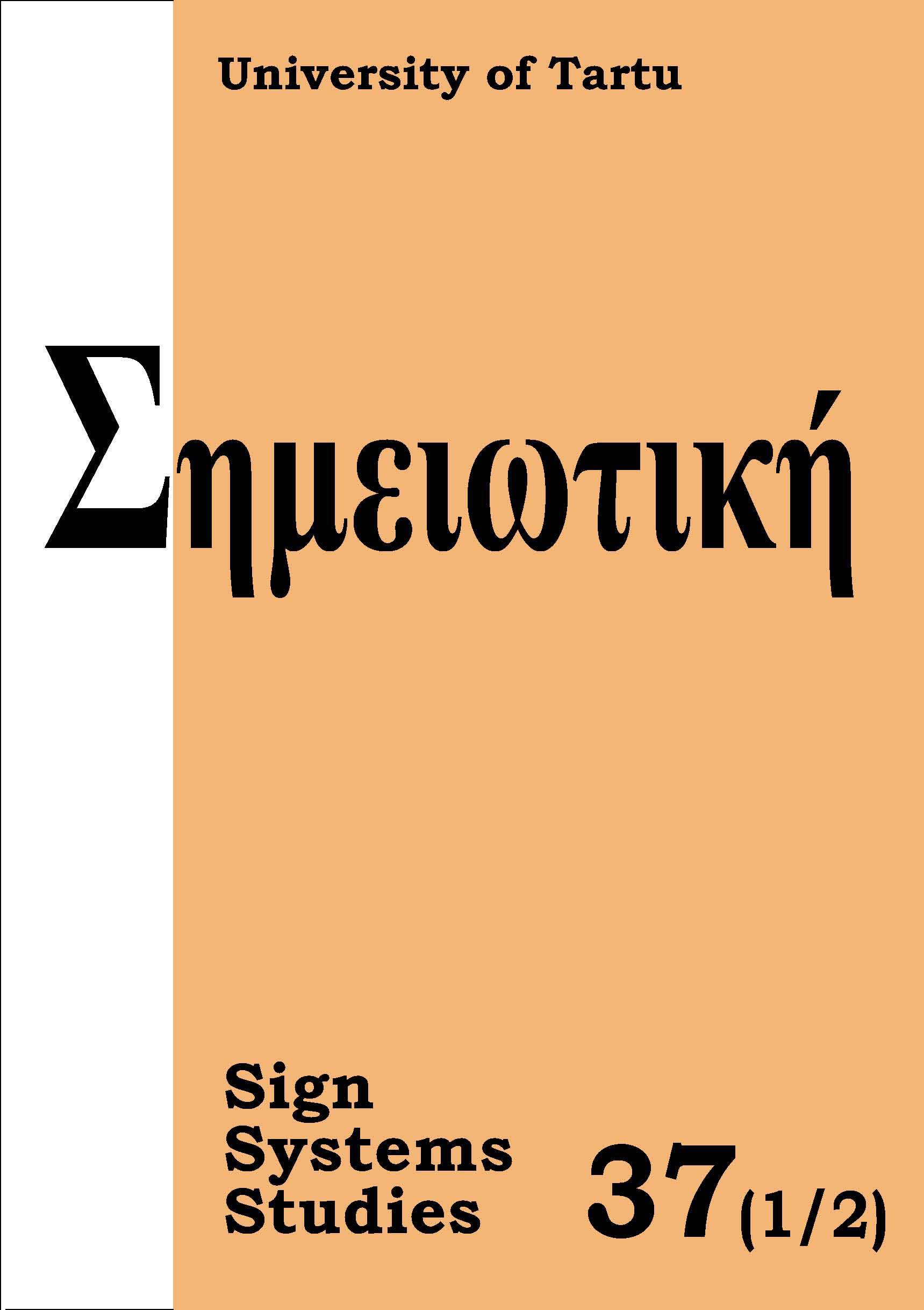Language in social reproduction: Sociolinguistics and sociosemiotics
DOI:
https://doi.org/10.12697/SSS.2009.37.1-2.03Abstract
This paper focuses on the semiotic foundations of sociolinguistics. Starting from the definition of “sociolinguistics” given by the philosopher Adam Schaff, the paper examines in particular the notion of “critical sociolinguistics” as theorized by the Italian semiotician Ferruccio Rossi-Landi. The basis of the social dimension of language are to be found in what Rossi-Landi calls “social reproduction” which regards both verbal and non-verbal signs. Saussure’s notion of langue can be considered in this way, with reference not only to his Course of General Linguistics, but also to his Harvard Manuscripts.
The paper goes on trying also to understand Roland Barthes’s provocative definition of semiology as a part of linguistics (and not vice-versa) as well as developing the notion of communication-production in this perspective. Some articles of Roman Jakobson of the sixties allow us to reflect in a manner which we now call “socio-semiotic” on the processes of transformation of the “organic” signs into signs of a new type, which articulate the relationship between organic and instrumental. In this sense, socio-linguistics is intended as being sociosemiotics, without prejudice to the fact that the reference area must be human, since semiotics also has the prerogative of referring to the world of non-human vital signs.
Socio-linguistics as socio-semiotics assumes the role of a “frontier” science, in the dual sense that it is not only on the border between science of language and the anthropological and social sciences, but also that it can be constructed in a movement of continual “crossing frontiers” and of “contamination” between languages and disciplinary environments.


